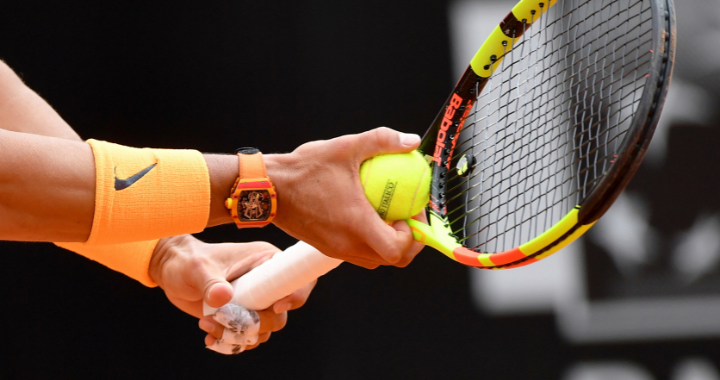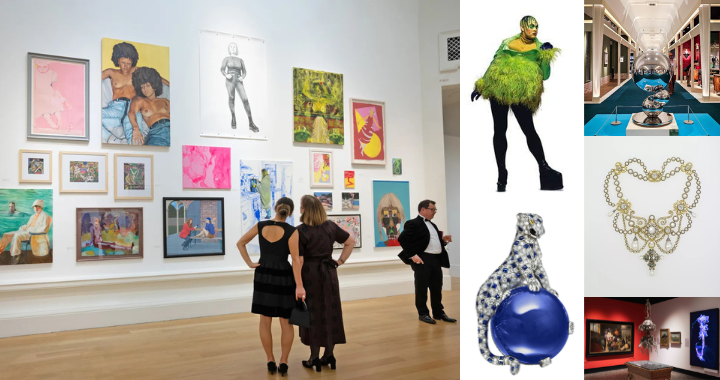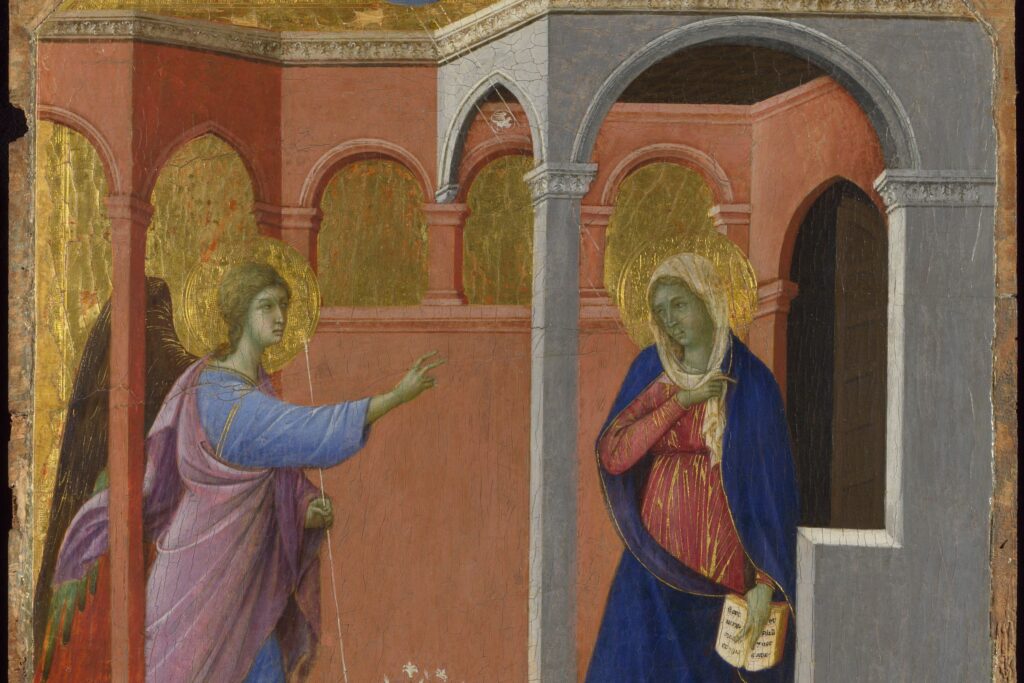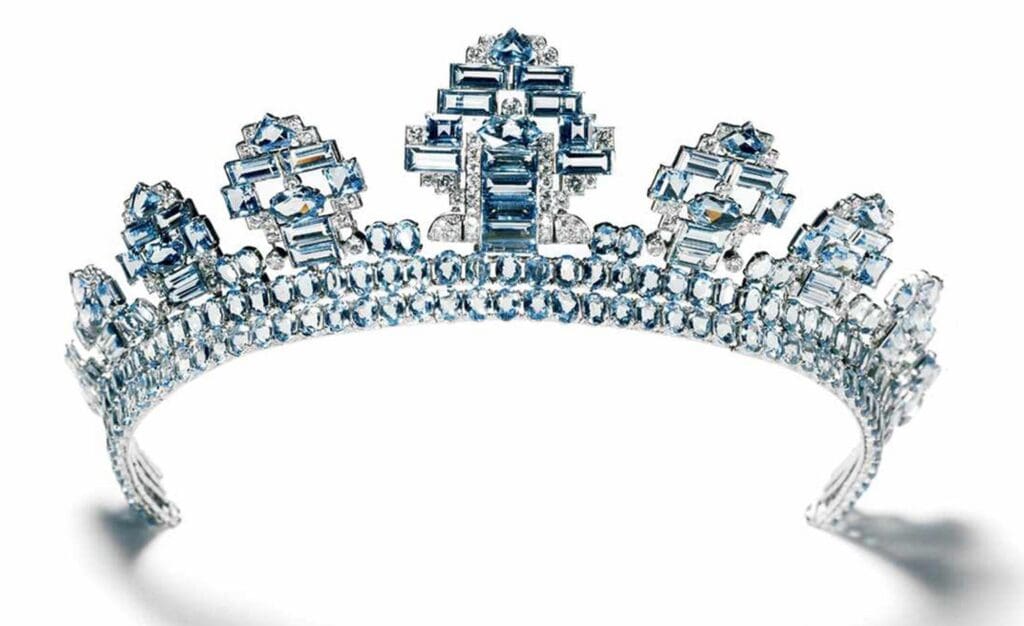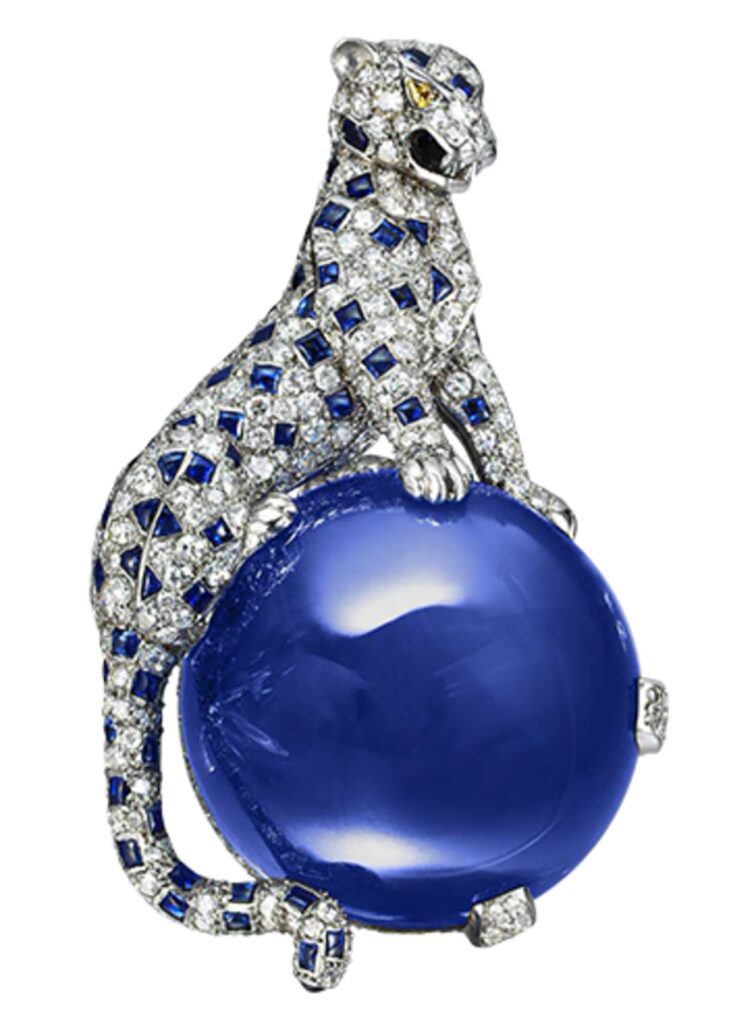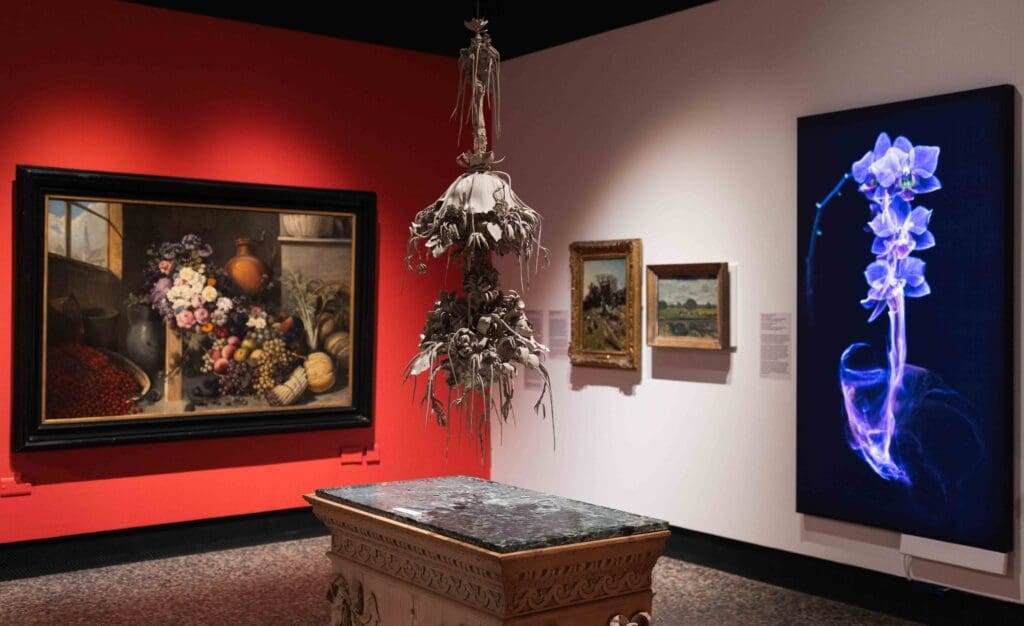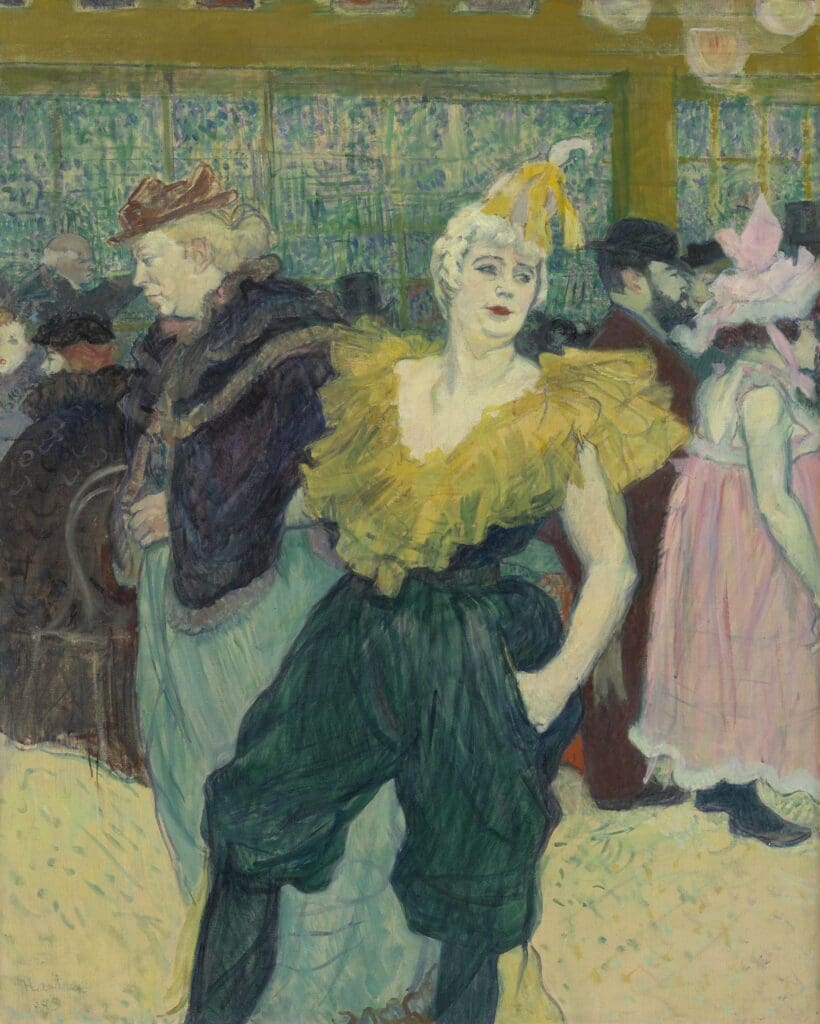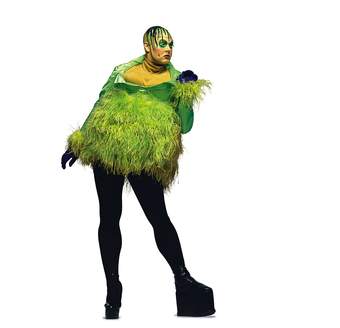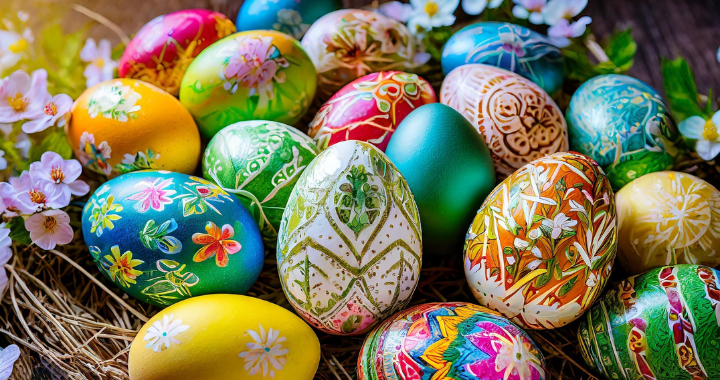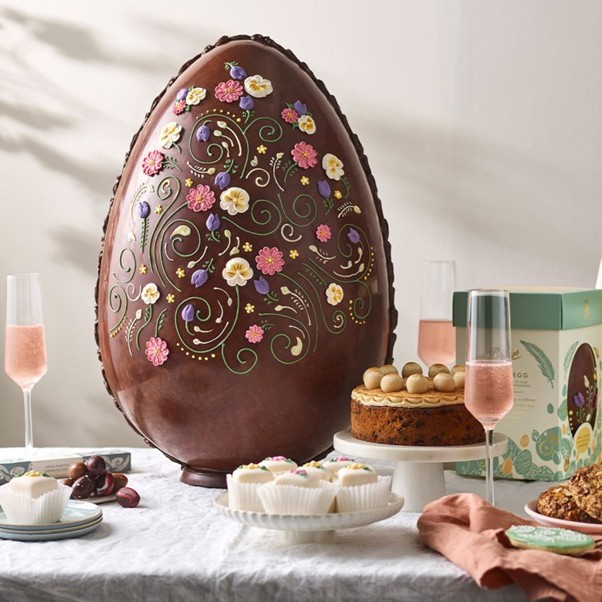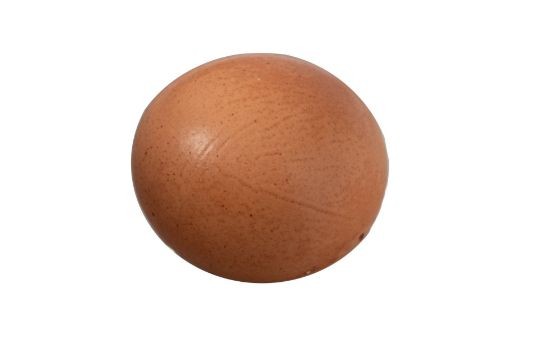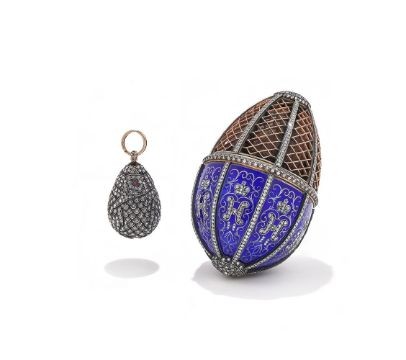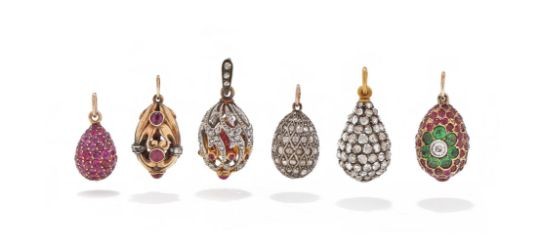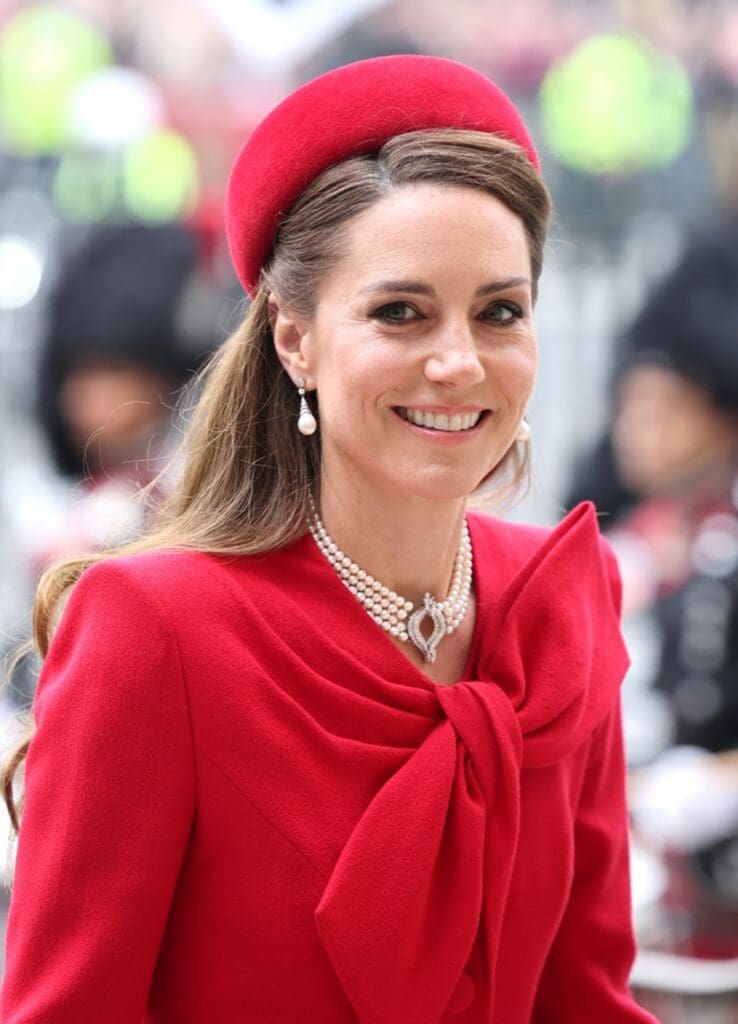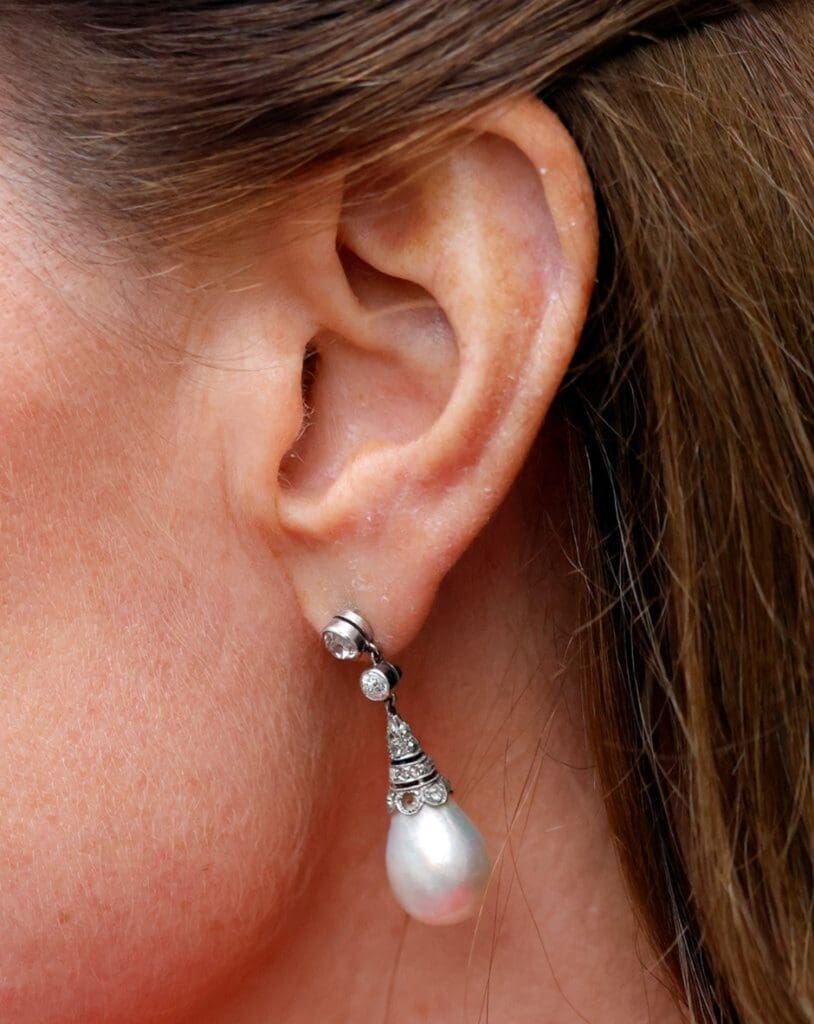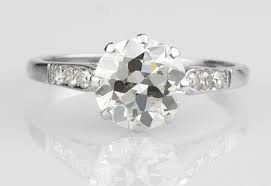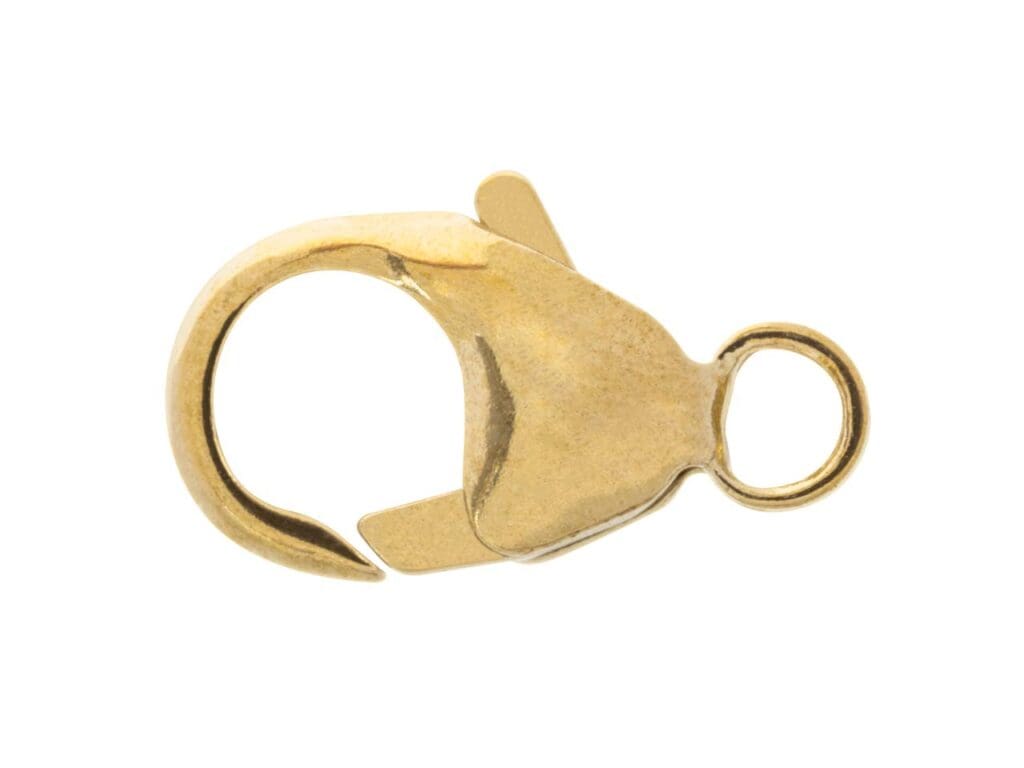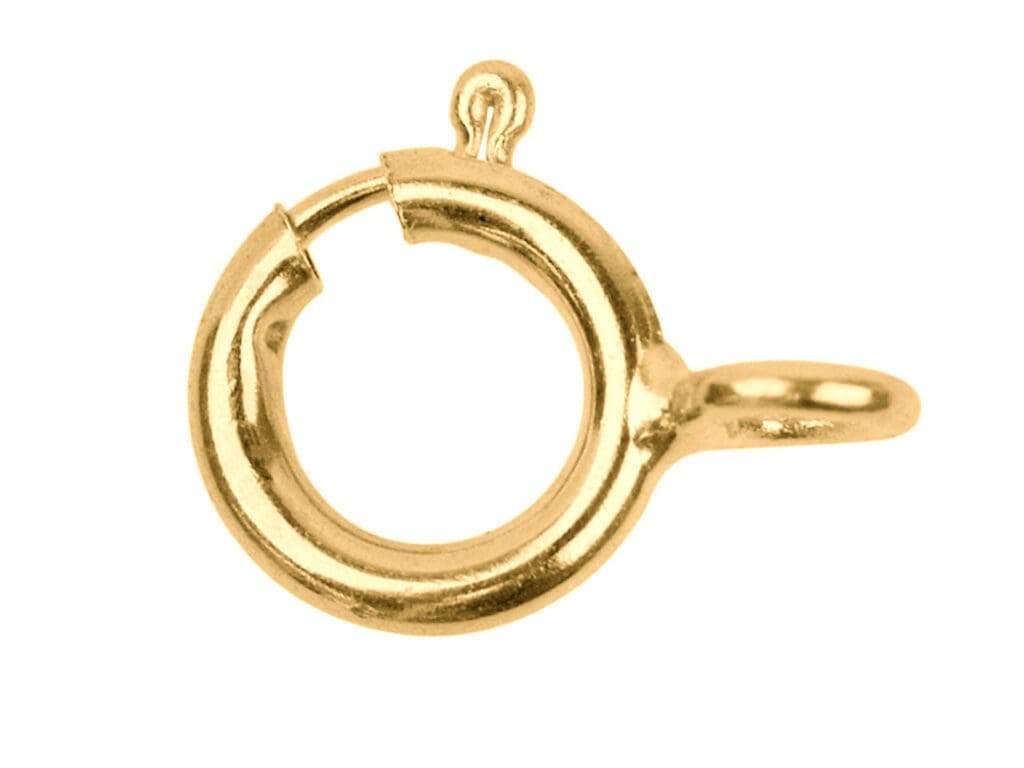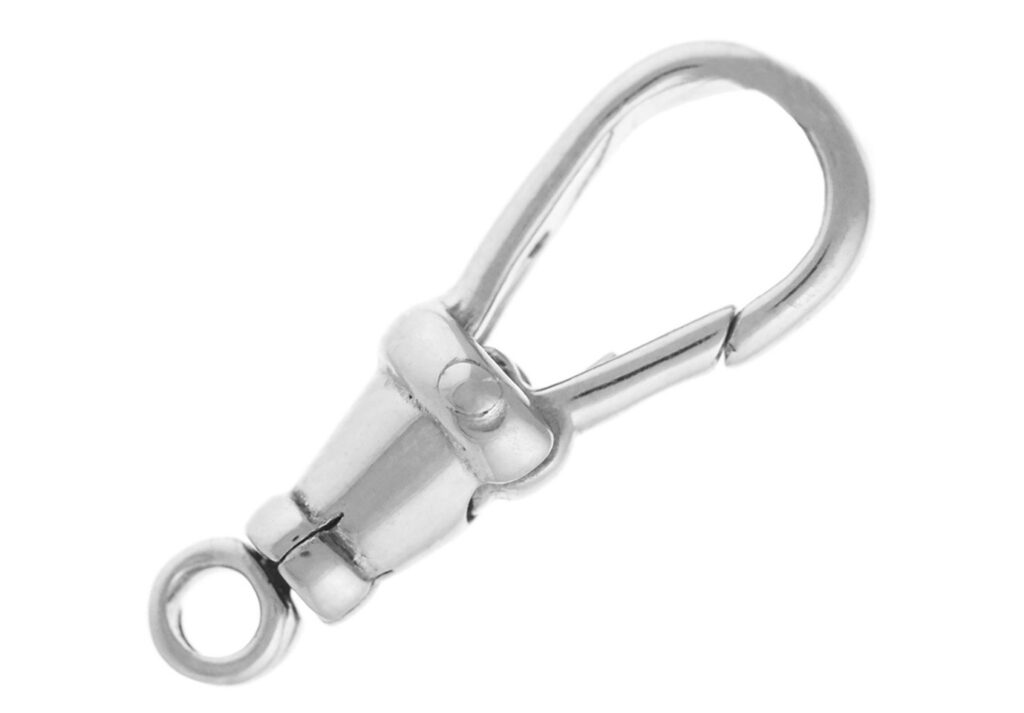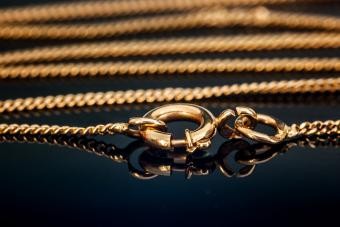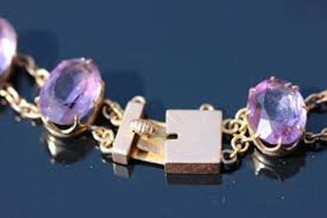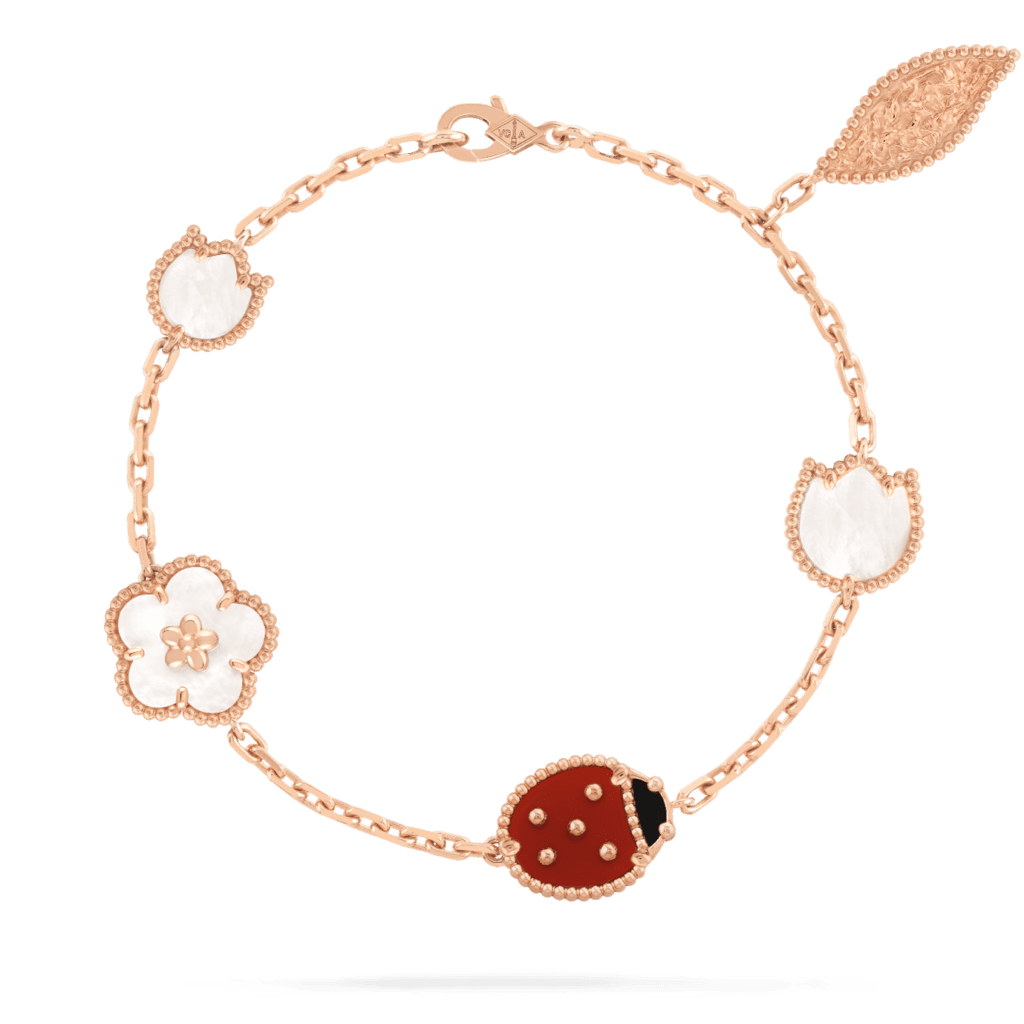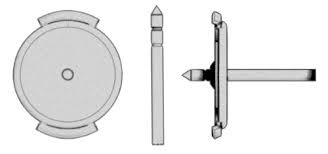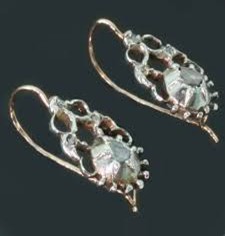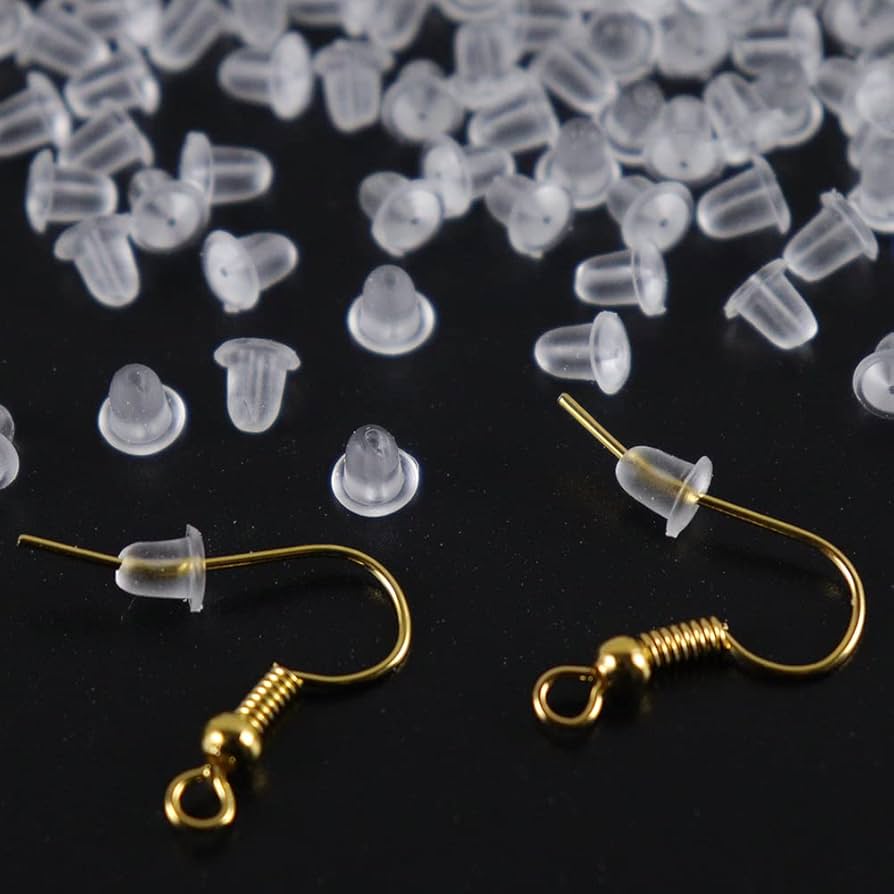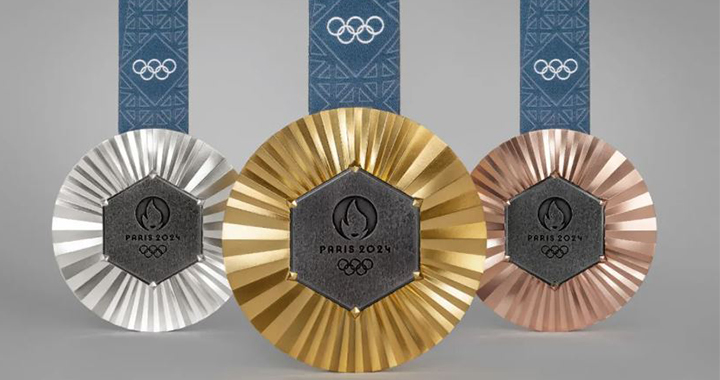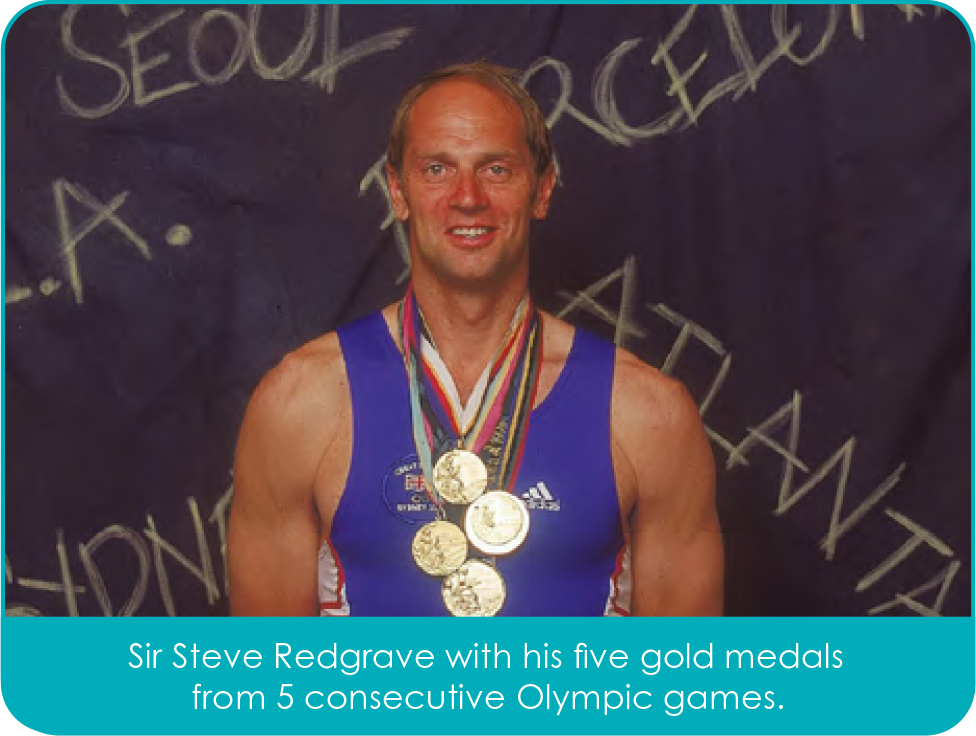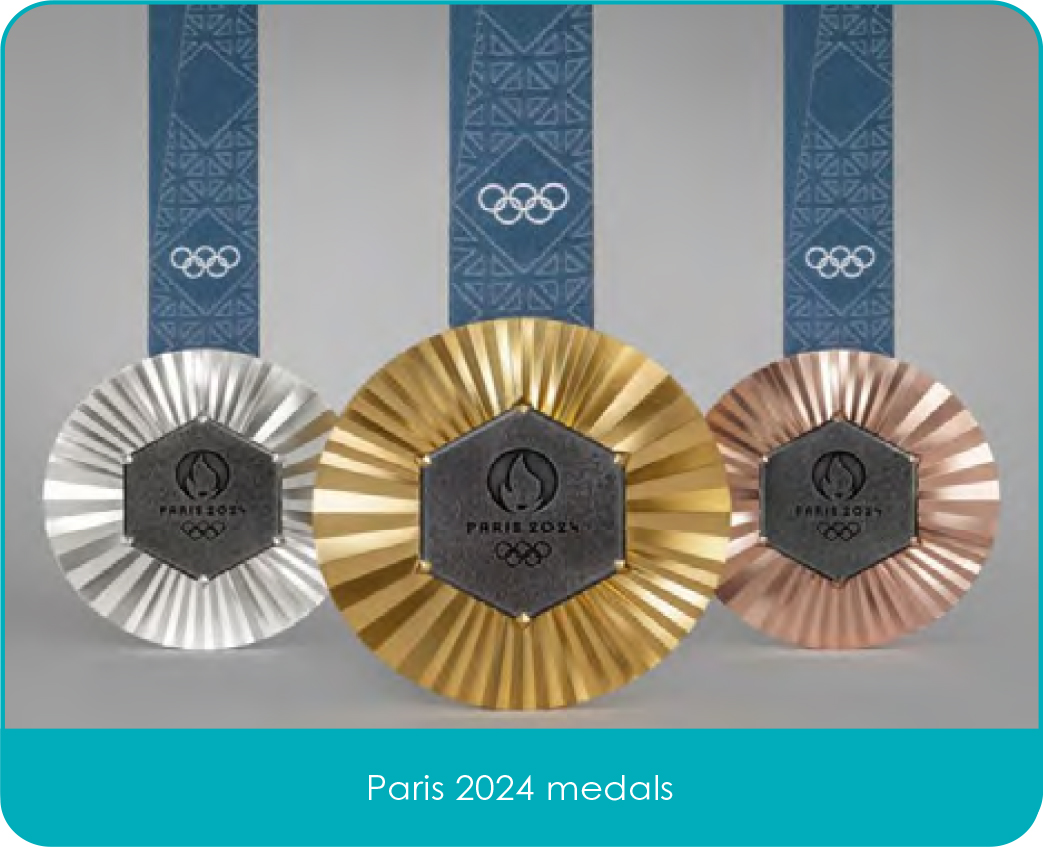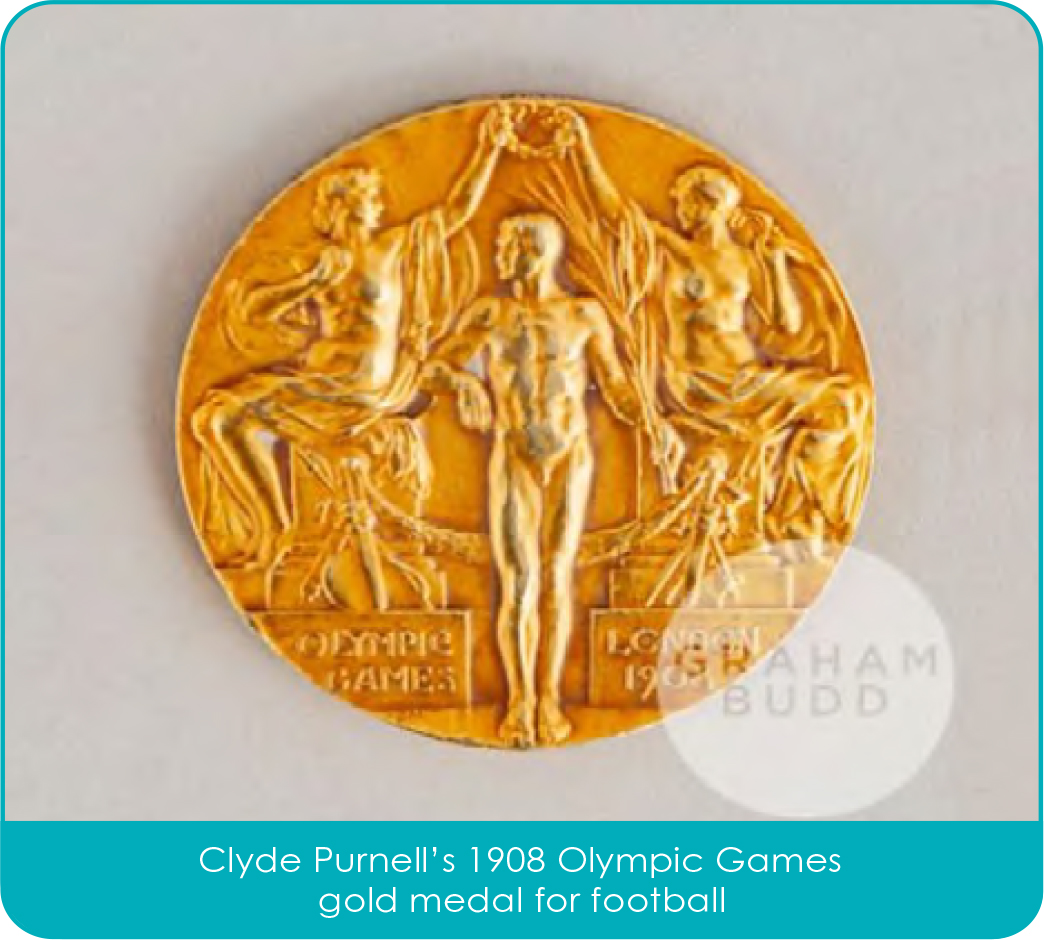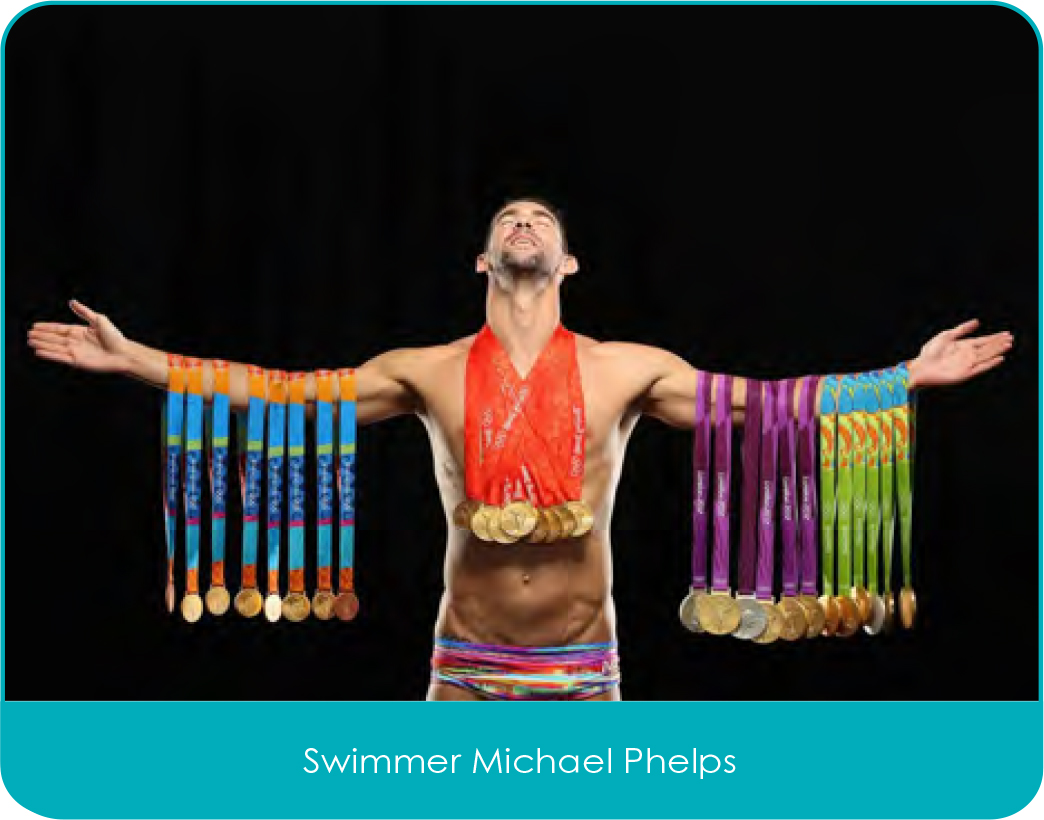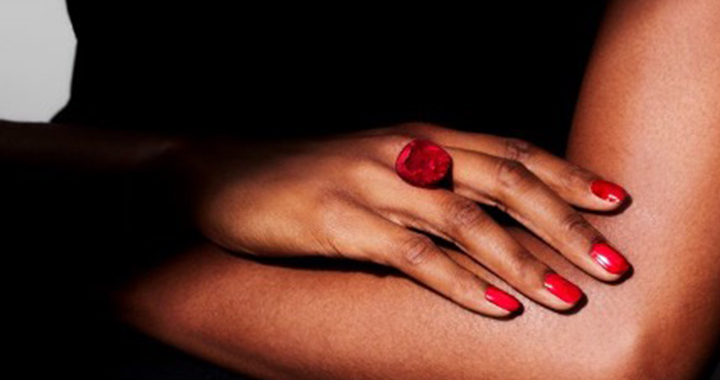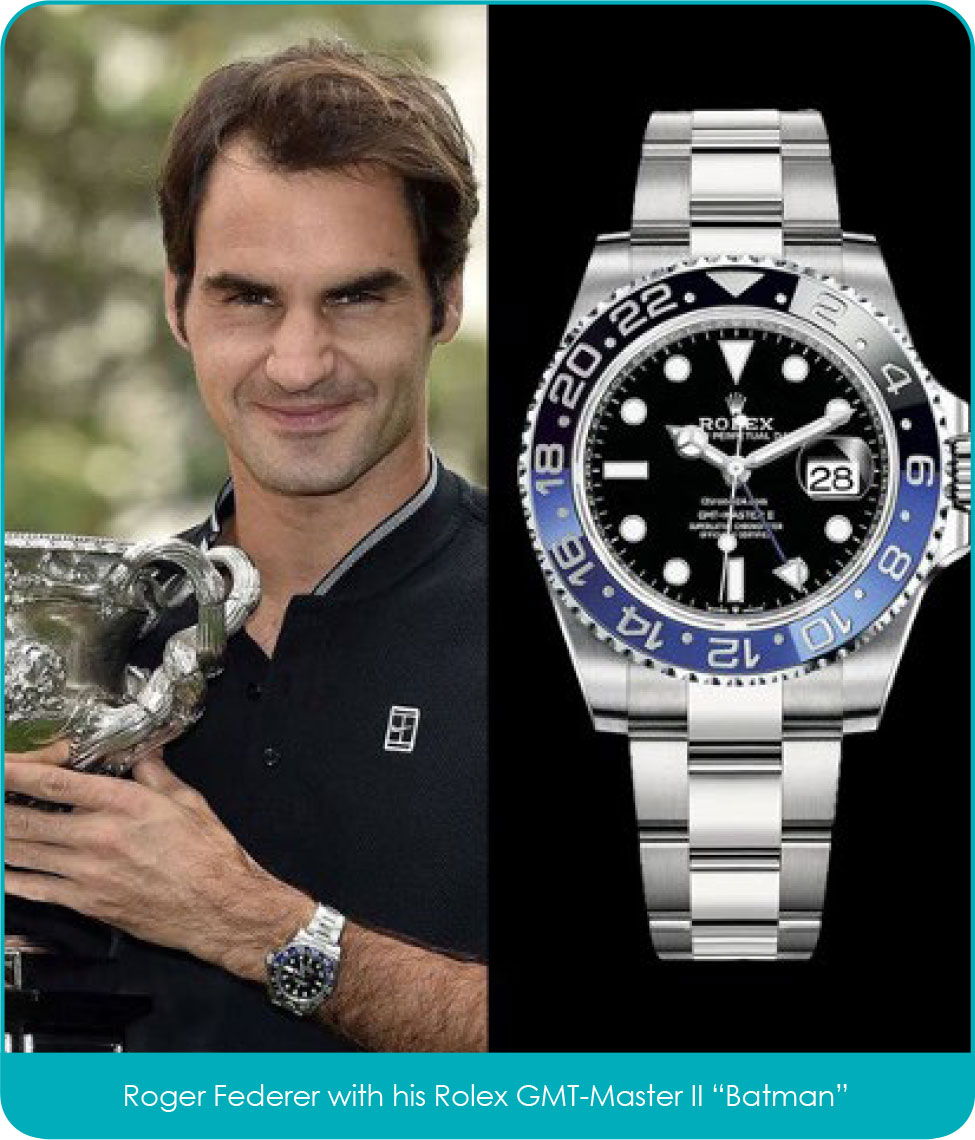The Summer Season is well and truly under way and with glorious weather so far this year we’re about to head into my favourite sporting fortnight – Wimbledon. Of course, it’s all about the tennis – but it’s also all about the elegance of The All England Club, the traditions, the strawberries and cream, the Pimm’s and yes, the people watching. Outfits both on and off court attract attention, and notwithstanding the all-white dress code tennis players can and do wear jewellery and watches on court and during play.
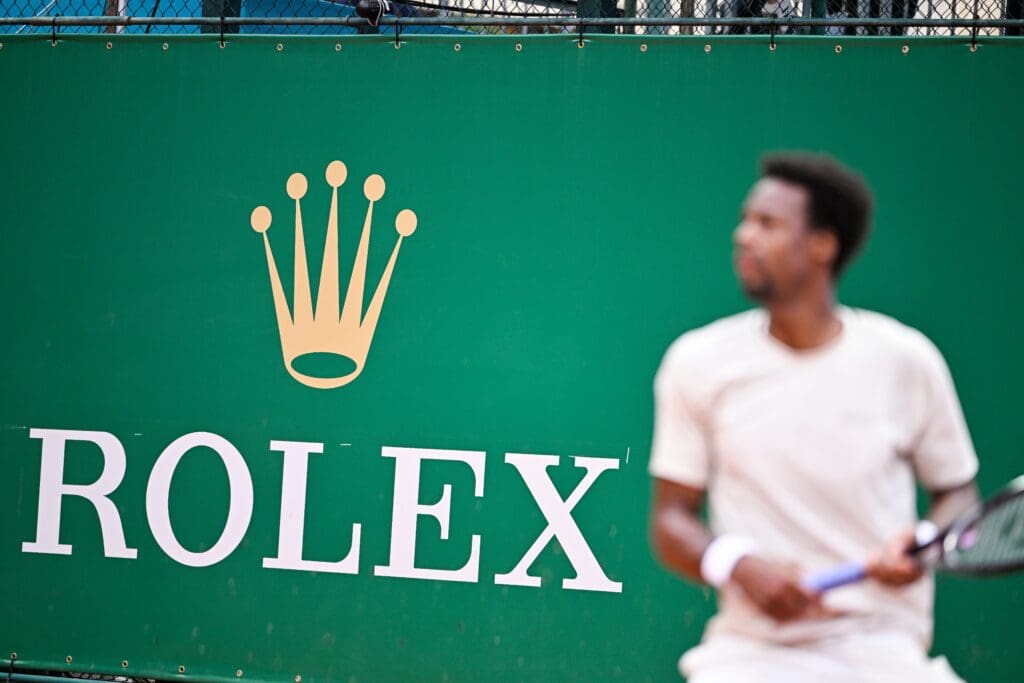
Rolex are the official timekeeper for all four Grand Slams including Wimbledon. The brand also sponsors a number of prominent players, including Roger Federer, Garbiñe Muguruza, Dominic Thiem, Coco Gauff, Jannik Sinner, and his current nemesis since his painful defeat in the French Open, Carlos Alcaraz.
Roger Federer became a brand ambassador for Rolex in 2006 with what was, at the time, the largest single endorsement for any professional athlete. He was contracted to Rolex for 10 years for which he received $15,000,000. Others now in the Rolex stable are Dominic Thiem for the Daytona and Garbiñe Muguruza with the DateJust. Jannik Sinner entered the Rolex testimonee stable, as Rolex likes to call its brand ambassadors, in 2020 and wears the Cosmograph Daytona. Coco Gauff is also part of the horophile elite. At her recent victory in the French Open she wore a discontinued Rolex Oyster Perpetual watch, the same timepiece she wore when she won the U.S. Open in 2023. This particular watch, with its distinctive purple dial, is known colloquially as the “Red Grape” (£7,000-£8,000 approx. second hand).
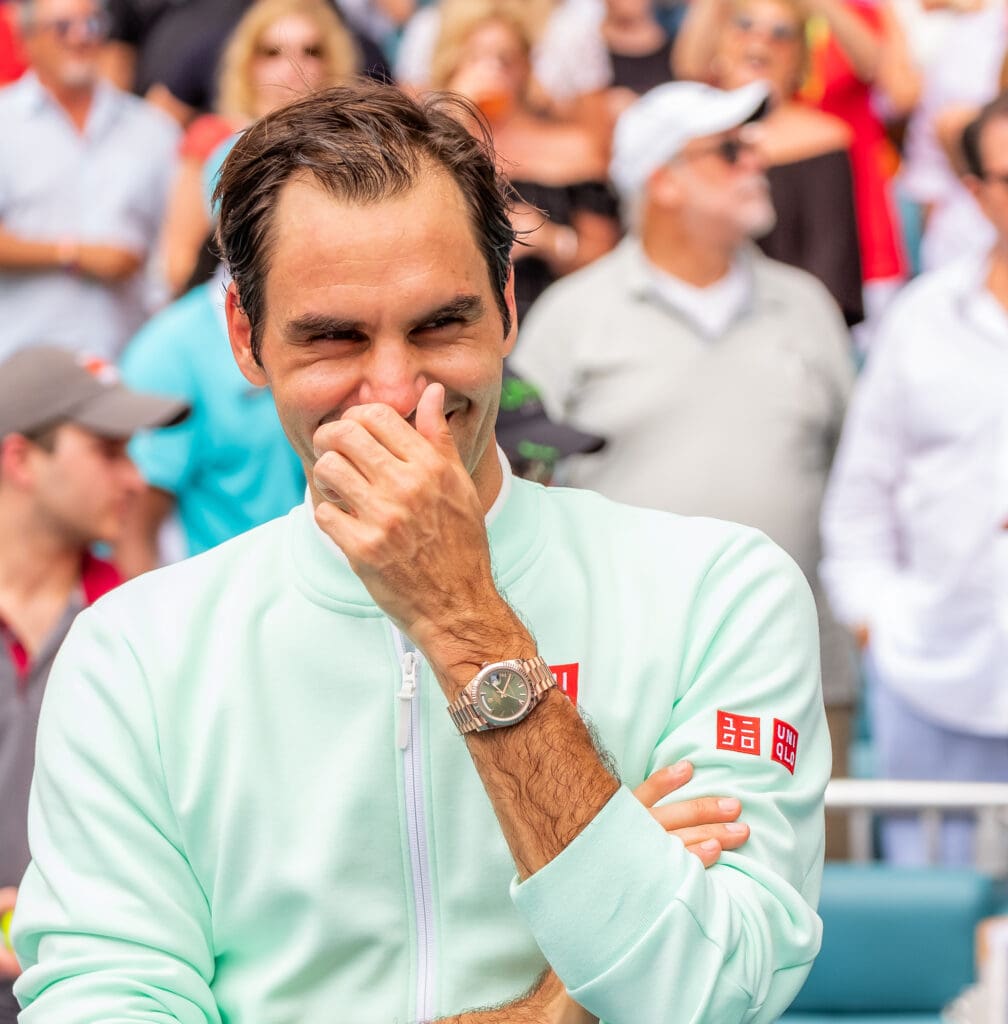
It’s not all about watches though and no article on this subject would be complete without acknowledging the significance of Chris Evert and her now infamous bracelet incident. What might have been a disaster turned into a coup for the jewellery industry. She wore a diamond line bracelet when she played; perfect because it did not have claws to catch and sat flush against her wrist. However, in 1978 during a match in the U.S. open the clasp broke and the bracelet fell off. Play was suspended so that it could be retrieved, which it was.
She later said ‘When I competed, I wanted to wear something that gave me confidence and empowered me, both as a woman and an athlete. My tennis bracelet added a personal element to my style on the court and served as a daily reminder that I can do and be anything.” Who wouldn’t want some of that?

This style of line bracelet has been popular since the Art Deco period, but it was Chris Evert that brought it to such wide prominence and as a result it became known as a ‘tennis bracelet’. The Boodles collection includes one with an integral diamond-set tennis ball charm.
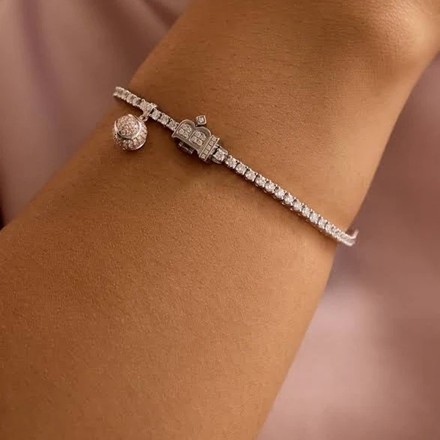
Bracelets are not the sole preserve of the female tennis players. Grigor Dimitrov is known for his ‘stack’ of Van Cleef and Arpels Alhambras and it’s hard to deny that they suit each other.

Closer to home Emma Raducanu has been a brand ambassador for Tiffany since 2021 and has been seen at Wimbledon in pearl drop earrings, diamond and pearl necklaces and white gold Tiffany bangles. The Tiffany earrings seen here are from the Victoria range and retail at £11,300.
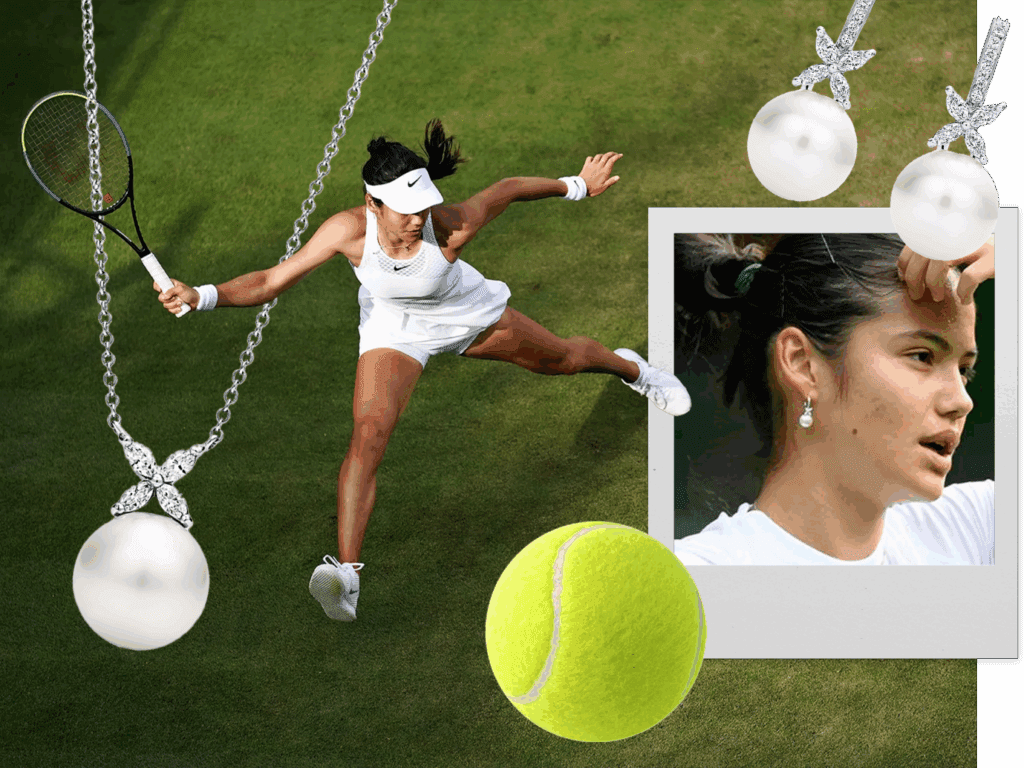
Jack Draper has chosen the sartorial route and since April this year has been sponsored by Burberry, though given the strict all white code we won’t be seeing any of the famous Burberry checks on court.

From Raducanu’s exquisite Tiffany pearls to the impressive timepieces, jewellery in tennis has evolved from subtle accents to powerful style statements. These collaborations reflect not just fashion, but identity and give players a chance for some self-expression within the confines of the tight dress code.






